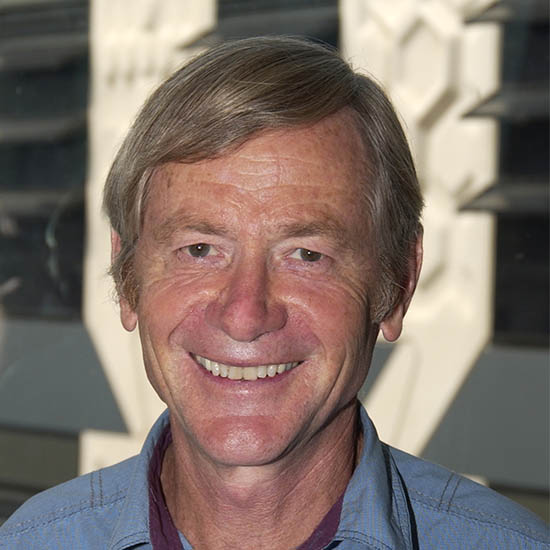Trevor Lamb has made major contributions to our understanding of the cellular and molecular mechanisms by which light triggers a neural signal in the rod and cone photoreceptor cells of our eyes, and of how these cells and our eyes evolved.
In the late 1970s, he co-invented a method for recording electrically from isolated photoreceptor cells, and discovered that rods could respond reliably to the smallest particles of light — single photons. In the early 1990s, Trevor developed a mathematical description of the molecular steps that provide this amplification, which for over two decades has provided the cornerstone for understanding the photoreceptor’s light response. He applied this model to analysis of the human electroretinogram, allowing clinicians to monitor photoreceptor activity in the eyes of patients.
Subsequently, Trevor developed a cellular description for the process of human dark adaptation and retinoid recycling, which now provides a framework for understanding the deficits in a number of retinal diseases. Most recently, he formulated a new account of the evolution of the vertebrate eye more than 500 million years ago.
Professional position
- Emeritus Professor of Neuroscience, John Curtin School of Medical Research, Australian National University
Subject groups
- Anatomy, physiology and neurosciences
Cellular neuroscience
- Organismal biology, evolution and ecology
Evolution

